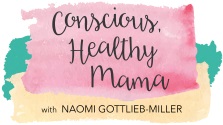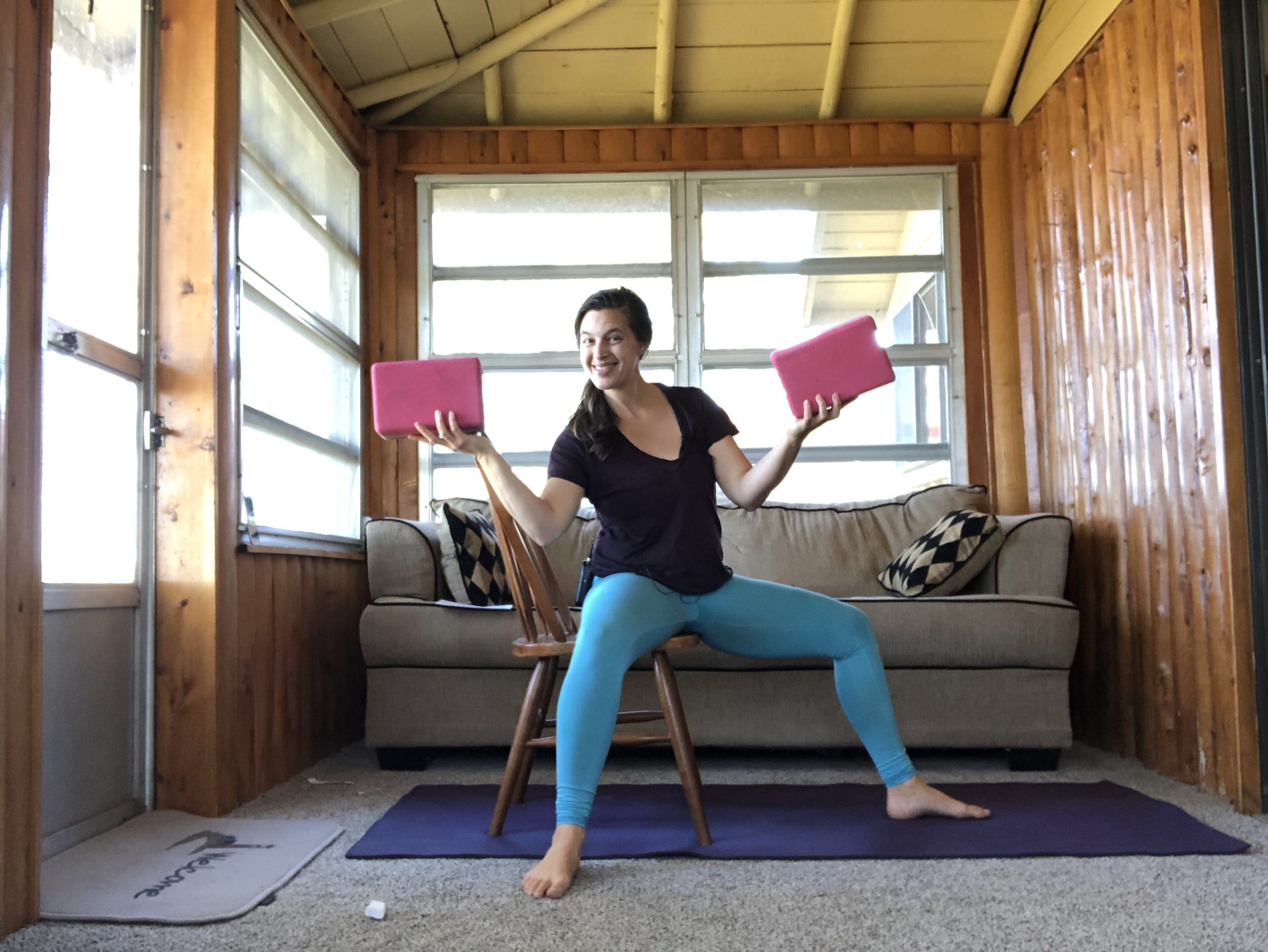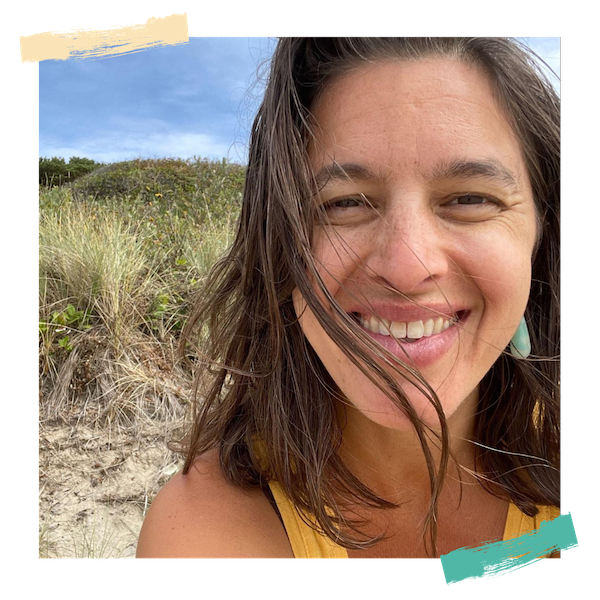A few weeks ago, one of my students in my online studio MOVE asked me a question after class. She confided to me that she sort of felt like using props was a crutch and that maybe she wasn’t getting as much out of her practice as she could if only she didn’t need the wall or her blocks sometimes.
Now, before I tell you what I told her, do you ever feel this way?
Maybe you feel like you’re not as strong as you could or should be because you’re relying heavily on the wall to keep you from falling over when you’re in warrior 3.
Maybe you feel like you’ve been using blocks long enough in forward bends and wondering why you still need them.
Maybe you’re frustrated because no one else seems to need blocks in a lunge but it also feels really uncomfortable to have your boobs smash against your thigh, so you just avoid lunges.
I hear you. And I used to feel the same way, too.
I used to think that props were cheating and that if I was a “good yogi” I shouldn’t need them.
In fact, I remember feeling great pride that I didn’t need props for certain poses. A teacher would suggest a belt or a block and I’d think to myself, “Nope, I definitely don’t need those.”
It was a combination of relief, arrogance, and disdain. Not my finest attitude. Looking back, I feel ashamed of my view on props and the idea of using them in my practice.
To be fair, I had no problem suggesting props to my students and I saw great value in them for those who needed them. I just didn’t think I was one of those people.
I’ve significantly changed my opinion about props in the past 16 years.
I told my student this — and also that what I believe now is the complete opposite.
Some of this has to do with getting older and wiser and becoming slightly more evolved. I’ve also spent a lot of time exploring how props can enhance my own movement practice — sometimes helping me find more space or more depth in a pose or action.
Becoming a mom has also helped me redefine what it means to use props. Throughout all 3 of my pregnancies, props supported my growing shifting body. And after I’d given birth, props helped me readjust to movement without my big, pregnant belly.
I’ve also learned that sometimes props make things easier but other times, they don’t.
Using props doesn’t indicate weakness or a lack of ability. Instead, using different props are ways to get better support in your practice.
You can also use props to try a pose or an actions in a new way, gaining strength, insight, or a deeper awareness.
Props are fantastic tools, not crutches.
Mostly, using props of all kinds can give you access to a pose or action that you wouldn’t have otherwise.
That is not a crutch.
That is power.
And I’m on a mission to change how we view props in our movement practices. I created a video to show how props can actually offer support and help give you access to more strength in certain poses or actions that you wouldn’t have without them.
Using props can be fun and challenging, as well as supportive and reassuring.
So instead of thinking like you’re cheating or caving in to weakness when you use props, reframe it (because you’re not doing either of those things).
When you’re using props, you’re exploring possibilities.
You’re giving yourself options and diversifying your movement patterns.
And you’re listening to your body, giving her the support she needs, when and how she needs it.



